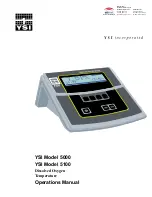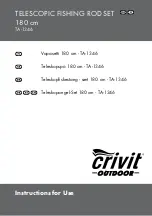
M.I. P/N 004-2163 Rev. C
8
Normal Operation
After installation and the initial setup, the system is ready for use. The following sections
are intended to guide preparation for a protocol. Some assumptions are made that may
need to be modified to fit a particular user’s preferences. Specific instructions are included
in the “
Detailed Operation
” sections below.
Overview of a typical large animal procedure
1. Warm-up and calibration
Turn on the system, plug in the P-V and/or pressure transducer(s) and begin soaking them
in body-temperature saline or deionized water according to the instructions in the IFU. A
warm-up and pre-soak of 30 minutes or more is advisable. After the warm-up period,
balance the pressure signals and calibrate all channels of the system that will be used in the
procedure.
Place the cuvette under the animal or in a bath of body-temperature water to warm the
plastic. This will minimize temperature effects on the resistivity (rho) measurement.
2. Prepare the animal
3. Resistivity
Perform this step before volume signal calibration if data will be recorded in volume units.
Plug the cuvette cable into the MPVS
Ultra
. In the Control Interface
Rho Cuvette
tab,
select the appropriate settings. Perform the following with as little delay as possible: Dry
the cuvette’s well with a gauze or swab. In a heparinized syringe, draw at least 0.5cc of
blood. Fill the well. Click on
Measure
in the Control Interface. Additional information
will appear. Click on
Load
to set the displayed resistivity as the value to be used in
calibration and measurements.
4. Catheterize the subject
Monitor the data acquisition system output to determine proper placement of the
transducer. See recommended catheter placement below.
Gettin
g
Started
Gettin
g
Started









































